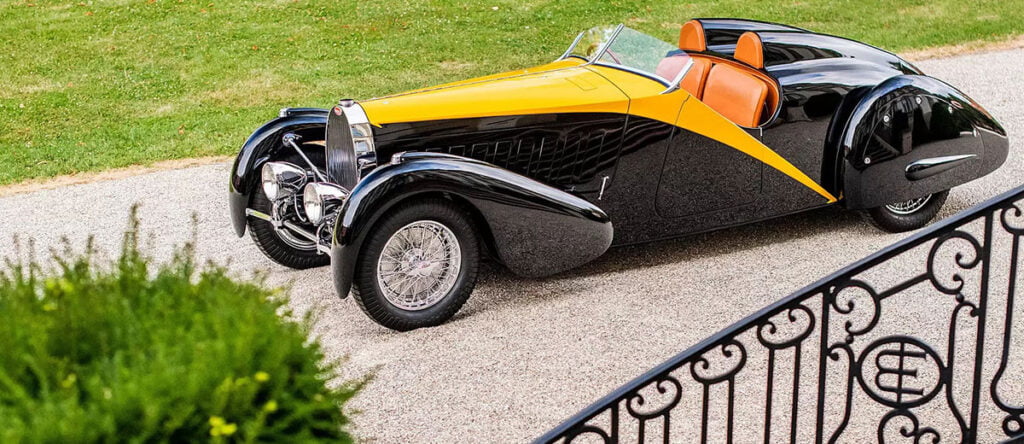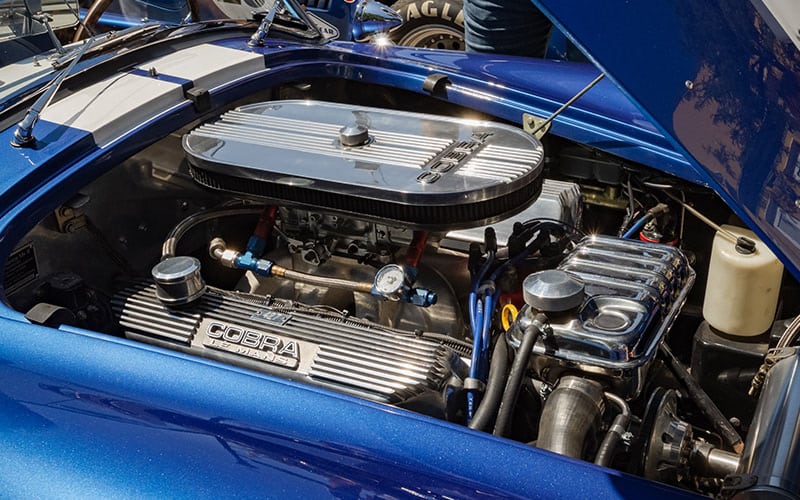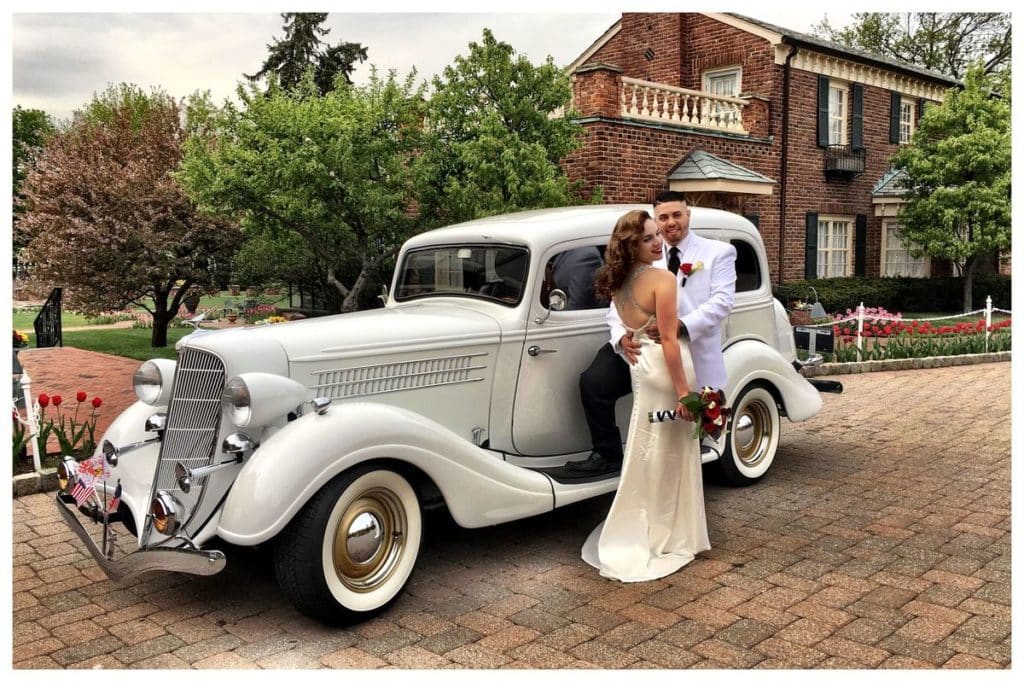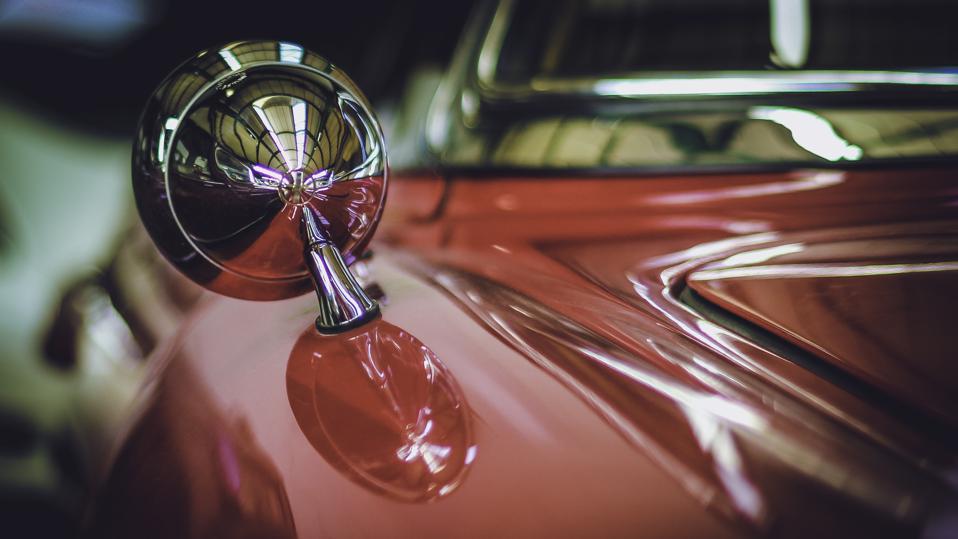How Old Does a Car Have to Be to Be Vintage: Unveiling the Timeless Beauty
A car is considered vintage when it is at least 20 years old. Vintage cars are typically defined as vehicles that possess historical and nostalgic value, and are often sought after by collectors and enthusiasts. These cars often showcase unique designs, craftsmanship, and technology from a bygone era. Vintage cars are not only appreciated for their aesthetic appeal, but also for their cultural and historical significance. Whether it’s a classic muscle car, a vintage luxury vehicle, or a retro compact car, these older automobiles hold a special place in the hearts of many car enthusiasts. 1. Understanding The Difference Between Classic, Antique, And Vintage Cars Understanding the difference between classic, antique, and vintage cars can be confusing. When it comes to determining how old a car must be to be considered vintage, it depends on various factors and definitions set by different organizations. Classic cars, on the other hand, typically have specific age requirements for insurance and registration purposes. Definition Of Classic, Antique, And Vintage Cars When it comes to the world of cars, there are certain terms that are often used interchangeably but have distinct meanings. Understanding the difference between classic, antique, and vintage cars is essential for car enthusiasts and collectors. In order to provide clarity, let’s define each category: Classic Cars: Classic cars are typically defined as vehicles that are 20 to 40 years old. They are known for their timeless appeal, historical significance, and enduring popularity among car enthusiasts. Antique Cars: Antique cars, on the other hand, are typically vehicles that are 45 years or older. These cars are recognized for their historical significance, rarity, and unique features that reflect the era in which they were manufactured. Vintage Cars: Vintage cars encompass a broader range of vehicles and are often considered as those that are at least 30 years old. These cars possess a certain nostalgic charm and are celebrated for their design, craftsmanship, and cultural value. Variations In Age For Classic, Antique, And Vintage Cars While we have defined the general age ranges for classic, antique, and vintage cars, it is important to note that these definitions may vary depending on different organizations and insurance companies. Some organizations may consider a classic car to be as young as 15 years old, while others may have stricter criteria. This variation in age primarily stems from factors such as evolving industry standards, cultural shifts, and individual preferences. Therefore, it is crucial to consult with specific organizations or insurance providers to determine their precise definitions and qualifications for classic, antique, and vintage cars. Insurance Requirements For Classic, Antique, And Vintage Cars When it comes to insuring classic, antique, and vintage cars, there are specific insurance requirements that owners need to be aware of. These requirements often differ from standard auto insurance policies. Classic car insurance is tailored to address the unique needs of these valuable and cherished vehicles. It offers coverage that takes into account factors such as agreed value, limited mileage, and specialized repairs to maintain the authenticity of the car. Antique car insurance provides coverage for vehicles that are considered to be rare and historically significant. This type of insurance often includes provisions for preservation and restoration costs, as well as coverage during car shows and exhibitions. Vintage car insurance is designed to protect vehicles that have significant historical value. It typically offers coverage for accidental damage, theft, and comprehensive protection to ensure the preservation of these treasured automobiles. It’s important to note that the specific insurance requirements for classic, antique, and vintage cars may vary depending on the insurance provider, state regulations, and the condition and value of the vehicle. Consulting with insurance professionals who specialize in these types of coverage can help ensure that your car is properly protected. 2. How Old Does A Car Have To Be To Be Considered Vintage Vintage cars are typically considered to be vehicles that are at least 20 years old, although the exact age can vary depending on different organizations and definitions. These cars fall under the broader categories of classic, antique, and collector vehicles. It’s important to have proper insurance coverage for your vintage car, which can be obtained through a standard auto insurance policy. 2. Defining The Age Range For Vintage Cars Vintage cars have always held a special place in the hearts of car enthusiasts and collectors. But what exactly constitutes a vintage car? In order to be considered vintage, a car typically needs to be at least 20 years old. This age requirement may vary slightly depending on different sources and organizations. Factors Influencing The Vintage Classification While age is an important factor, there are other considerations that can influence the classification of a car as vintage. These factors include: Rarity: Vintage cars are often cherished for their scarcity. If a particular make and model are no longer in production and have become increasingly rare, they may be considered vintage even if they are not yet 20 years old. Design and Styling: Vintage cars are known for their timeless design and unique styling. Cars that feature iconic design elements from a specific era are more likely to be classified as vintage. Historical Significance: Cars that played a significant role in automotive history or were associated with important events may be deemed vintage, regardless of their age. Popularity: The popularity and demand for certain makes and models can also influence their vintage classification. Cars that are highly sought after by collectors and enthusiasts are often considered vintage. Historical Significance And Popularity Of Vintage Cars Vintage cars hold a special place in our history and culture. They are a tangible reminder of an era gone by, representing a time when craftsmanship and aesthetics were highly valued in automobile manufacturing. These cars evoke a sense of nostalgia and intrigue, attracting enthusiasts who appreciate the artistry and engineering of these timeless machines. Furthermore, vintage cars have become an important part of the collector car market. Their scarcity and historical significance make them highly desirable among collectors
How Old Does a Car Have to Be to Be Vintage: Unveiling the Timeless Beauty Read More »





